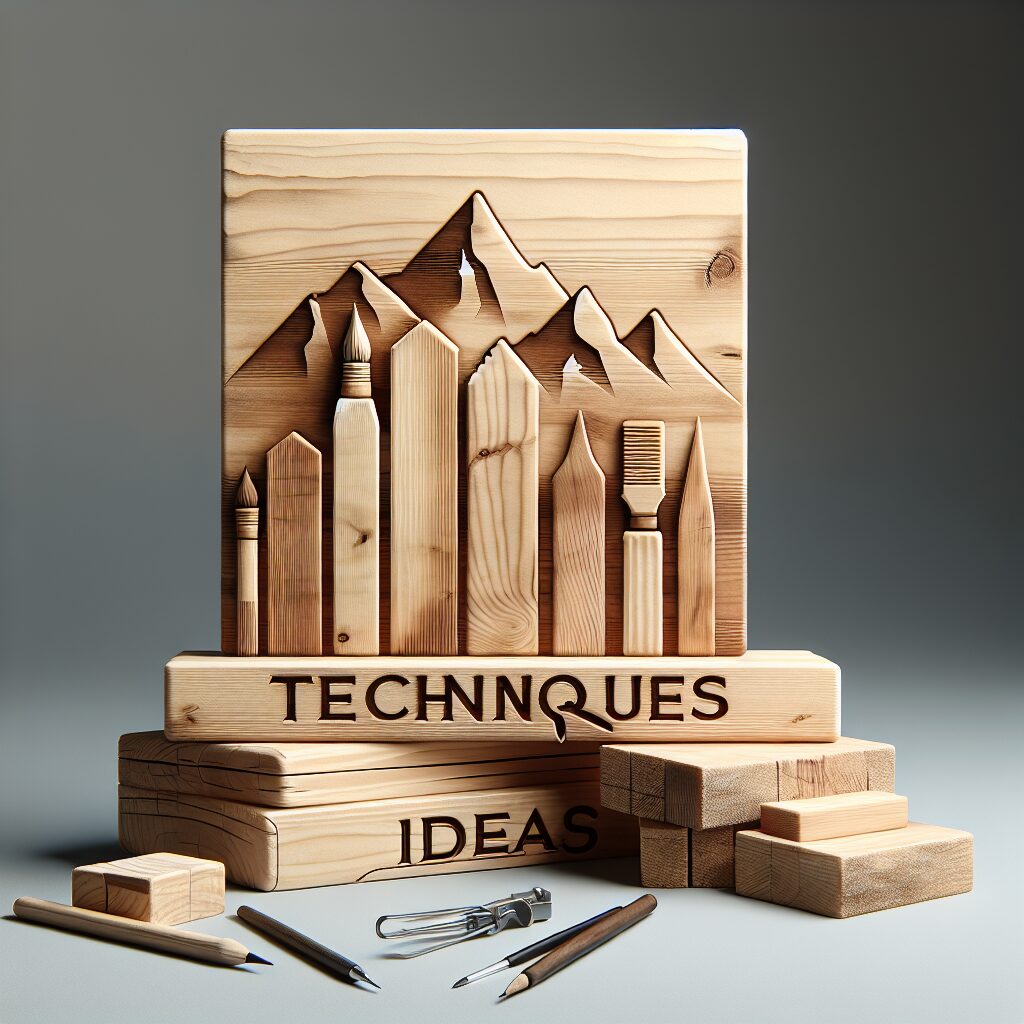When diving into the world of woodworking, one of the first decisions every woodworker faces is whether to use hand tools or power tools. Both have their passionate advocates, unique advantages, and critical roles in any woodshop. But how do you decide which is best for your woodworking projects?
In this comprehensive guide, we’ll break down the pros and cons of hand tools vs. power tools for woodworking, helping you make an informed choice based on your goals, budget, skill level, and project needs.
🔨 What Are Hand Tools in Woodworking?
Hand tools are manually operated tools that require no electricity or battery to function. They’ve been used for centuries and include tools like:
- Hand saws
- Chisels
- Planes
- Hammers
- Mallets
- Hand drills
These tools provide a more intimate and controlled approach to woodworking, ideal for those who value craftsmanship and precision.
⚡ What Are Power Tools in Woodworking?
Power tools, on the other hand, are electrically powered tools designed for speed and efficiency. Common woodworking power tools include:
- Circular saws
- Routers
- Table saws
- Jigsaws
- Orbital sanders
- Power drills
Power tools reduce the physical effort required and can significantly speed up your workflow, especially for repetitive or large-scale tasks.
🛠️ Advantages of Hand Tools
1. Precision and Control
Hand tools allow for a level of finesse and detail that power tools sometimes can’t match. This is especially important in fine joinery, carving, and delicate adjustments.
2. Quieter Operation
Unlike their powered counterparts, hand tools don’t make much noise—perfect for those working in shared spaces or at odd hours.
3. Safety
While all tools require caution, hand tools generally pose less risk of severe injury compared to high-speed power tools.
4. Skill Building
Using hand tools develops your understanding of wood grain, angles, and joint structure—foundational knowledge for any serious woodworker.
⚙️ Advantages of Power Tools
1. Speed and Efficiency
Need to cut dozens of identical parts or sand large surfaces? Power tools drastically reduce the time and effort involved.
2. Consistency
Machines can make repeated cuts or holes with consistent accuracy—crucial for furniture making and mass production.
3. Capability
Power tools can tackle tough hardwoods and thick materials that would be exhausting to shape by hand.
4. Accessibility for Beginners
Although they require proper handling, many beginners find power tools more forgiving when it comes to getting clean, accurate cuts.
❌ Limitations of Hand Tools
- Slower work pace, especially on large projects
- Steep learning curve for some tools like hand planes or dovetail saws
- Requires frequent sharpening and maintenance
❌ Limitations of Power Tools
- High upfront cost for tools and accessories
- Noise and dust production
- Dependence on electricity or batteries
- Potential for more severe injuries if misused
🧰 When to Use Hand Tools vs. Power Tools
| Task | Best Tool Type |
|---|---|
| Detailed joinery | Hand tools |
| Mass cutting (e.g., plywood sheets) | Power tools |
| Final finish and polish | Hand tools or sanding power tools |
| Rough shaping | Power tools |
| Carving intricate patterns | Hand tools |
| Fast drilling | Power tools |
💬 What Do Woodworkers Prefer?
Many experienced woodworkers prefer a hybrid approach, using hand tools for finesse and power tools for grunt work. A dovetail joint may be started with a power saw but cleaned up with a chisel. A table saw may rip lumber quickly, but a hand plane finishes the surface beautifully.
🤔 Which Is Better for Beginners?
If you’re new to woodworking, consider starting with a few essential hand tools to develop skills and understand wood behavior. As your confidence grows, invest in select power tools to expand your capabilities and speed.
🪚 Getting Started: The Essentials
Beginner Hand Tool Kit:
- Block plane
- Chisels (various sizes)
- Rip and crosscut saw
- Mallet
- Measuring tape and square
Beginner Power Tool Kit:
- Power drill/driver
- Circular saw
- Random orbital sander
- Jigsaw
- Router
📈 SEO Tip: Power Tools vs. Hand Tools – Search Intent Matters
People searching for “hand tools vs. power tools for woodworking” are likely:
- Beginners looking to invest in their first set of tools
- Hobbyists wanting to improve their skills
- DIYers comparing efficiency and value
Make sure your content (and blog posts like this) answers their exact questions with comparisons, pros and cons, and beginner-friendly tips. Adding internal links to tool reviews or tutorials is also a great way to keep them engaged.
❓ FAQ: Hand Tools vs. Power Tools
Q: Are hand tools cheaper than power tools?
Yes, in most cases. Hand tools typically cost less upfront, though high-end tools can still be expensive. Power tools, especially brand-name or cordless varieties, can cost significantly more.
Q: Can I build furniture with just hand tools?
Absolutely! Many master craftsmen still build heirloom-quality furniture using only hand tools—it just takes more time and patience.
Q: Are power tools more dangerous?
They can be. Power tools operate at high speeds, and mishandling them can lead to severe injuries. Proper training, safety gear, and attention are essential.
🏁 Final Thoughts: Finding the Right Balance
So, hand tools vs. power tools for woodworking—which is best? The answer depends on your goals, preferences, and workspace. Hand tools offer tradition, control, and skill-building, while power tools bring speed, efficiency, and scalability.
In reality, the best woodworking setups embrace both. Start small, learn as you go, and build your toolkit around the projects you love to create.






